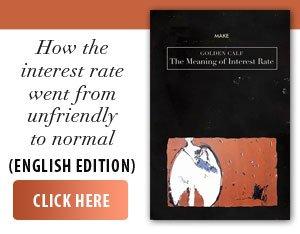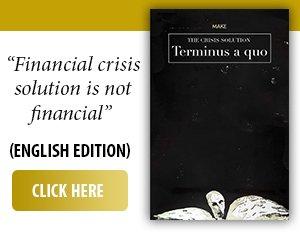The difficult start to the year on the stock markets raises questions among investors about how 2025 will position itself in history. An analysis by visualcapitalist.com shows that, after 73 trading sessions this year, the American stock index S&P 500 has fallen so much that it marks the fifth worst start to the year since its creation.
Thus, 2025 enters the ranking of years affected by turbulence, marked by recessions, financial crises and global uncertainty. Ycharts data shows that the worst start to the year for the S&P 500 index was 1932, when the Great Depression took place. According to the cited source, the period was marked by large-scale bank failures, high unemployment and the collapse of industrial production. Although the US market fell by 24.6% in the first 73 trading days of 1932, it managed a modest recovery afterwards, ending the calendar year with a return of -14.8%.
In second place is 1939, on the eve of World War II. Then, markets collapsed as geopolitical tensions escalated until the outbreak of World War II: -18.9% in the first 73 trading days. This time too, the S&P 500 recovered, managing to end the calendar year with a less severe return of -5.2%.
The third-worst start to the year for the S&P 500 was in 2020, the year of the Covid-19 pandemic, due to the rapid spread of the virus and the introduction of public quarantines (-13.3% in the first 73 trading days). This year can also be considered an exception, as unprecedented stimulus measures and a rise in the technology market fueled a massive stock market rebound: +16.3% at the end of 2020.
In 1942, uncertainty about the outcome of World War II severely affected investor confidence. In the first 73 trading days, the S&P 500 index lost 11.4%. Investor confidence improved in the middle of the year as the Allies gained momentum, leading to a strong market rebound by the end of the year. Similar to 2020, at the end of 1942, the S&P 500 had a double-digit positive return: +12.4%.
In fifth place, 2025 is characterized by the uncertainty generated by the tariffs announced by US President Donald Trump. The initial 10.2% drop in the S&P 500 index in the first 73 trading sessions of 2025 was largely the result of escalating tariff threats and fears of a trade war, according to the cited source. However, the year could end on a high note, as Trump's stance on tariffs appears to be easing.
In this context, most institutions have predicted that, in 2025, the S&P 500 index will record a return of 10-15%. On May 1, 2025, the S&P 500 index recovered from its low of 4,982.77 points and is currently trading at over 5,600 points, down almost 4% from the beginning of the year.
• Negative return of almost 40% in 2008
In sixth place in the ranking of the worst starts to the year for the S&P 500, according to the cited source, we find 2001, with a minus of 9.7% in the first 73 trading sessions. The end of 2001 brought a minus of 13% for the American index. Next is 1941, with -9.4% in the first 73 trading sessions, and at the end of the year, the decrease was 17.9%. In 2022, the index fell 7.9% in the first 73 trading sessions, and by the end of the year, the decline was 19.4%. In 2000, the index lost 7.7% in the first 73 trading sessions, and by the end of the year, the decline was 10.1%. In 1953, the S&P 500 fell 7.3% in the first 73 trading sessions, respectively by 6.6% by the end of the year. In 2008, however, the decline was 7.1% in the first 73 trading sessions, and by the end of the year, by 39.3%. In 12th place we find the year 1970, when, in the first 73 trading sessions, the index fell 6.7%, and by the end of the year, the return was zero. Also zero is the return since the end of 1947, when the S&P 500 lost 6.6% in its first 73 trading sessions. In 14th place is 1977, when the decline in the first 73 trading sessions was 6%, and 11.5% at the end of the year. Next is 1960, when in the first 73 trading sessions, the S&P 500 fell by 5.8%. At the end of the year, the decline was 3%.















































